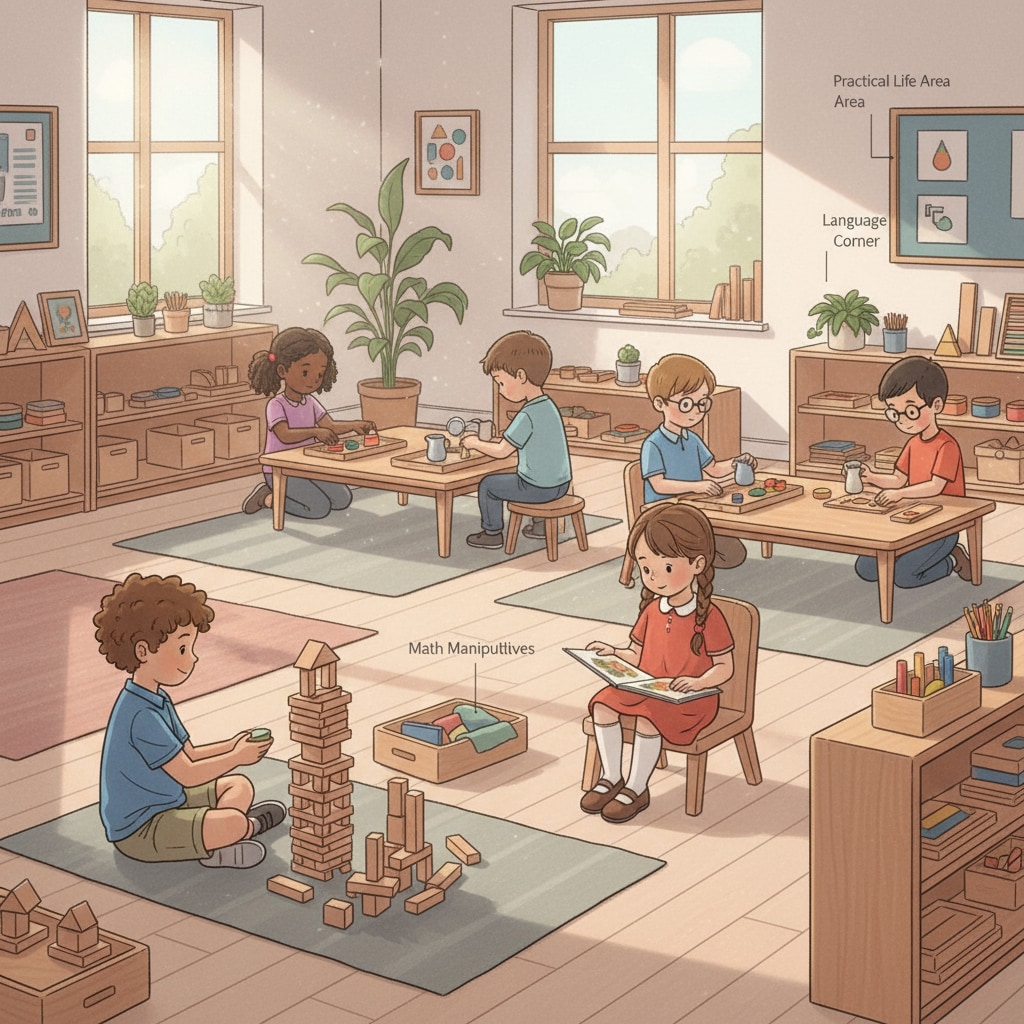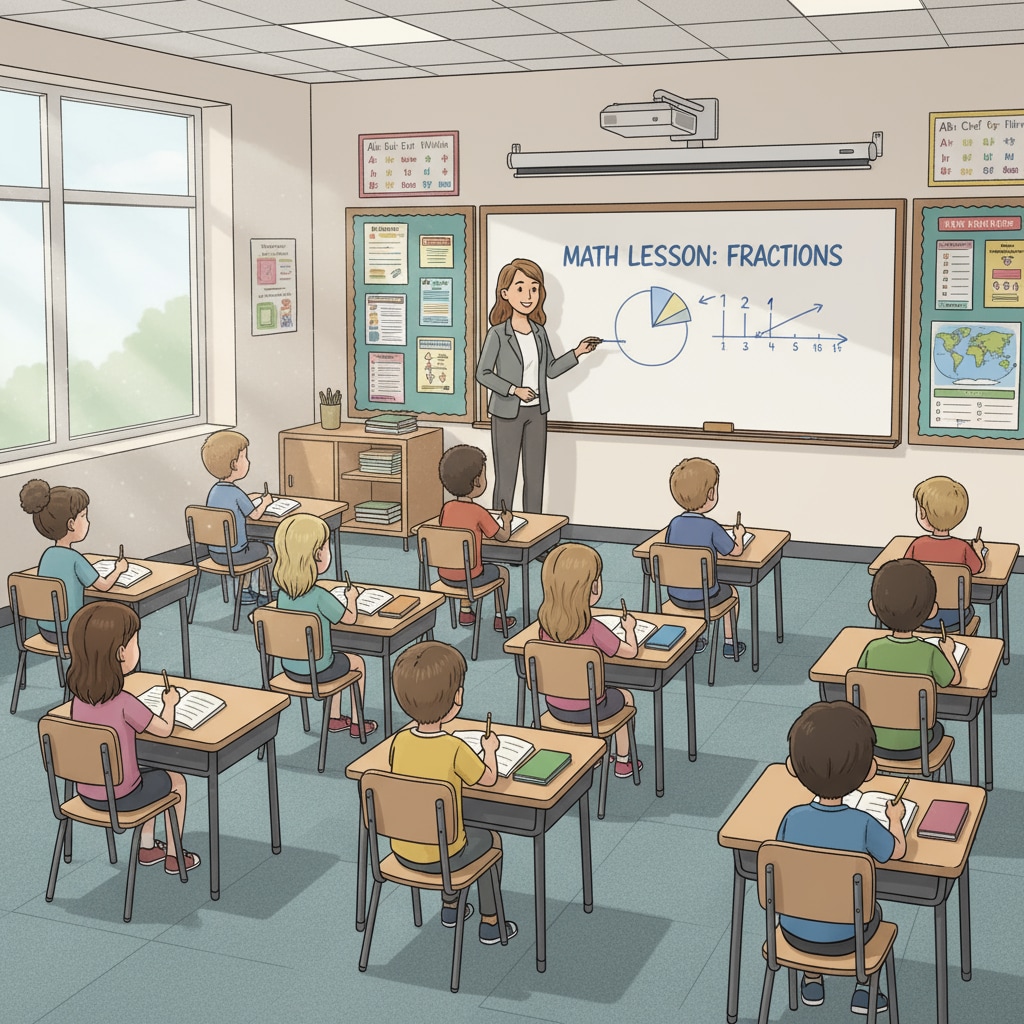Highly gifted and twice-exceptional (2e) children often face unique challenges when transitioning from a Montessori environment to a traditional public school’s gifted program. This transition can be a significant adjustment, not only in terms of the academic curriculum but also in the social and emotional aspects of learning.

For parents, understanding these challenges and having effective strategies in place is crucial to help their children thrive in the new educational setting.
Understanding the Montessori and Public School Environments
The Montessori approach emphasizes individualized learning, hands-on experiences, and a self-paced curriculum. Children in Montessori classrooms have the freedom to choose their activities and work at their own pace, fostering independence and a love for learning. On the other hand, public schools typically follow a more structured curriculum with set schedules, group activities, and standardized assessments. For example, Montessori education on Wikipedia explains that the Montessori method encourages self-directed learning, while public schools often rely on teacher-led instruction. This stark contrast can be a shock to gifted 2e children transitioning from Montessori.

Challenges Faced by Gifted 2e Children During the Transition
One of the main challenges is the change in the learning pace. Gifted 2e children are used to moving quickly through material in Montessori settings. In public schools, they may find the curriculum too slow or repetitive. Additionally, the social environment can be a hurdle. Montessori classrooms often have a close-knit community, and the transition to a larger, more diverse public school can be overwhelming. According to Twice-Exceptional on Understood.org, 2e children may also struggle with the new expectations and rules in public schools, which can affect their self-esteem and motivation.
Readability guidance: As seen above, we break down complex ideas into shorter paragraphs. Each H2 section presents a key aspect of the topic, and we use examples and external links to support the content. Transition words like “additionally” help to connect ideas smoothly.
Strategies to Facilitate the Transition
- Communicate with the school: Parents should have an open dialogue with the public school administration and teachers. Share information about the child’s Montessori experience, learning style, and any special needs.
- Prepare the child: Talk to the child about the changes they can expect. Visit the new school, meet the teachers, and participate in orientation activities.
- Advocate for individualized support: Request accommodations such as accelerated learning opportunities or extra resources to meet the child’s unique needs.
By implementing these strategies, parents can help their highly gifted and twice-exceptional children bridge the gap between Montessori and public school environments, ensuring a successful transition and continued growth in their educational journey.


